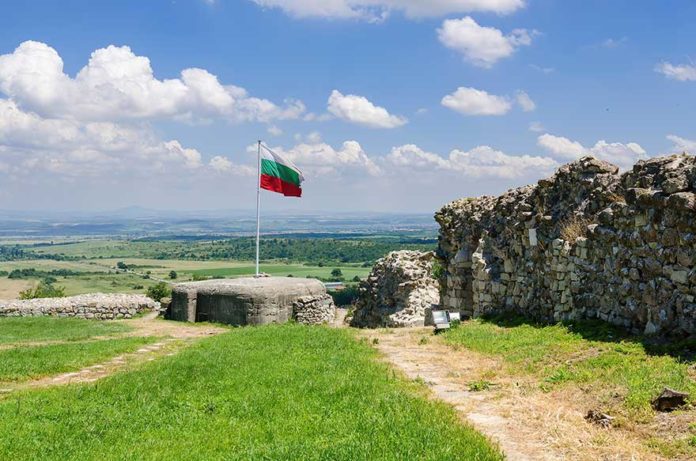Mezek and Fort Kaleto are two historical landmarks that make the village of Mezek a must-visit destination, even though it is located on the southern outskirts of Bulgaria, only 3 km from the Greek border. The Mezek village may seem like any other, but its proximity to Greece and Turkey has given it unique cultural exposure. However, what sets it apart is the presence of two individual objects that are part of our cultural heritage, a medieval fortress and a Thracian tomb.
The fortress, known as Kaleto by the locals, was a border guard fortress in the past, guarding the territories between the Arda and Maritsa rivers. The fortification was rectangular, measuring 110/60 meters, and included nine towers with a rounded shape, each building standing at 10 meters high. The fort was used until the area fell under Ottoman rule and served as a castle or a garrison for the soldiers and their commanders.
Although much of the fortress no longer exists today, one can still appreciate its scale. Interestingly, the teeth of the structure were successfully preserved until 1900, when parts of them were destroyed to use the stones for building barracks in Svilengrad. Some scholars believe that the battle of Versinikia in 813 AD took place at this location, where Bulgarian ruler Krum defeated the army of Byzantine Emperor Nikephoros I. However, the more widely accepted theory is that the fortress was built only in the 11th century and is the work of Byzantine Emperor Alexios I Komnenos. There are traces of information confirming that the Mezek fortress was called Neutzikon at the time.
The Thracian tomb was discovered by chance in 1931 and was named Maltape. It was built in the late 4th century BC and used until the mid-3rd century BC. The tomb shows evidence of six burials and is believed to be the resting place of a powerful Thracian ruler from the Odrysian Kingdom. The valuable bronze sculpture of a horseman is now on display at the archaeological museum in Istanbul.
Visiting Mezek and Fort Kaleto is a remarkable experience that takes you back to the fascinating world of the Thracians and the medieval period. The view from the fortress hilltop is breathtaking, with a clear picture of the valley towards Odrin and the Black Sea. The recent addition of 3D holograms and information panels at the tomb adds to the overall experience. Artifacts are fascinating and provide a glimpse into the lives and customs of the Thracians. Mezek and Fort Kaleto are more than just historical landmarks; they are a testament to the ingenuity and creativity of our ancestors and a reminder of the need to preserve our heritage for future generations.
There are two theories about the origin of the name Mezek. The first suggests that it is a familiar name in honor of the Mother Goddess of the Proto-Bulgarians. The second theory suggests that it comes from the word “mezda,” meaning a separator or intermediate place, as Mezek has always been on the border.



